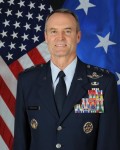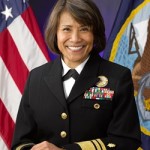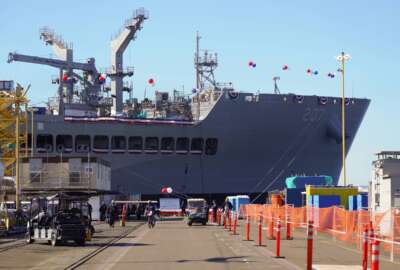On DoD: Lt. Gen. Darryl Roberson, Air Education and Training Command; Vice Adm. Raquel Bono, Defense Health Agency
This week’s show features two guests on two topics. We begin with Lt. Gen. Darryl Roberson, the commander of the Air Force’s Air Education and...
3/9/2016 11:00

This week’s show features two guests on two topics. We begin with Lt. Gen. Darryl Roberson, the commander of the Air Force’s Air Education and Training Command. We invited him on the program to talk about AETC’s newly released strategic plan. AETC also has a major hand in some of the key changes that are happening in the Air Force right now – including the ongoing effort to grow that service’s active duty force from 311,000 airmen to 317,000 by the end of this fiscal year and the effort to double the number of remotely-piloted aircraft pilots in the coming year, including by training enlisted pilots for the first time.
3/9/2016 11:00

In the second half of the show, we hear from Vice Adm. Raquel Bono, who just took over as the new director of the Defense Health Agency in November – only the second director to lead the relatively young agency. She spoke recently at the annual Healthcare Information and Management Systems Society in Las Vegas about interoperability and making DHA a “high reliability” organization. She shared with us some of what she told the audience there.
Copyright © 2025 Federal News Network. All rights reserved. This website is not intended for users located within the European Economic Area.
Jared Serbu is deputy editor of Federal News Network and reports on the Defense Department’s contracting, legislative, workforce and IT issues.
Follow @jserbuWFED






